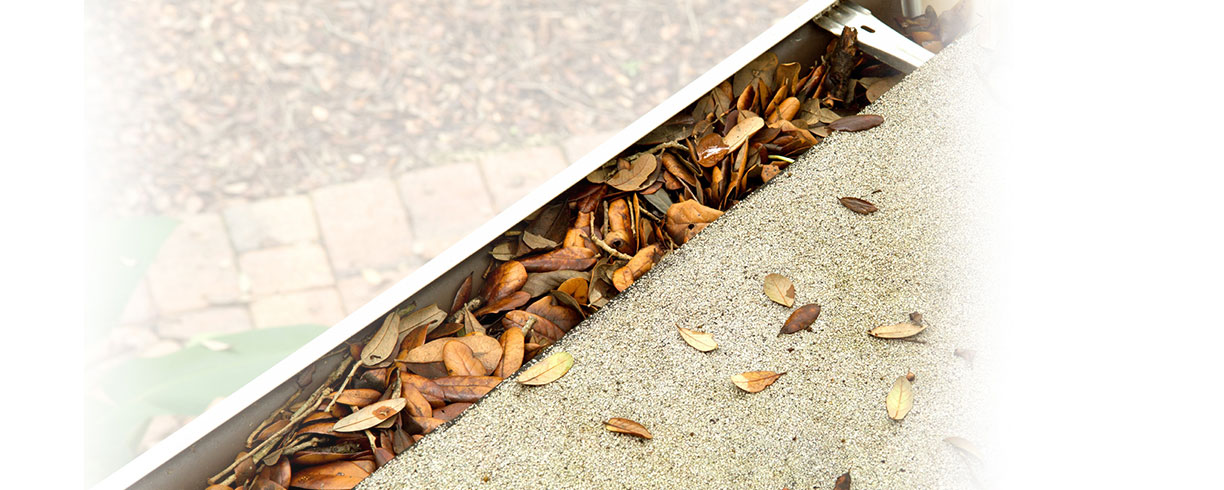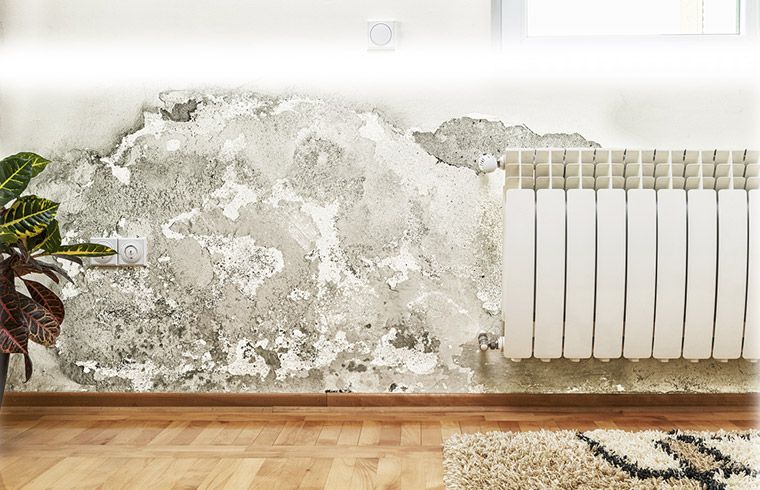Gutters (eavestroughs) and downspouts should be inspected and cleaned twice a year, in spring and again in autumn after the leaves fall. Clearing gutters of debris and cleaning them thoroughly are necessary to prevent obstructions, which can cause a lot of damage to your house.
Gutters (eavestroughs) and downspouts should be inspected and cleaned twice a year, in spring and again in autumn after the leaves fall. Clearing gutters of debris and cleaning them thoroughly are necessary to prevent obstructions, which can cause a lot of damage to your house.
Cleaning
Wearing work gloves, remove leaves and other debris that have become lodged in the gutters. You may want to use a large spoon if they are really clogged. Take a hose to flush the gutters with a stream of water from as high up as possible and use a stiff brush to dislodge any ground-in dirt. While cleaning, take the opportunity to check the gutter for stagnant water or possible leaks.
Clearing
It’s important to clear all obstructions to make sure water flows out properly. Most of the time, obstructions are lodged in the elbow between the gutter and the downspout. Water pressure from a watering nozzle will usually be enough to dislodge any debris. If not, you can slide an iron wire – like those used by plumbers – through the spout to clear it completely.
Inspection and Repair
Snow and ice can cause gutters to collapse and allow water to seep into the roof. Carefully inspect all gutter joints and fastenings. Solidify each attachment. If you need to reseal a joint, clean the parts and let them dry before applying a gutter sealant.
Prevention
Various gutter protection accessories are now available on the market to prevent the accumulation of debris within the gutter system. Among the most effective is lattice mesh made of metal, plastic or aluminum. To prevent ice build-up, heating cables can also be installed in the gutters or fastened along the edge of the roof.
The main function of gutters and downspouts is to keep water away from your home. Water that is not drained properly can cause infiltration leading to leaks in the roof or damage to the foundations. Regular maintenance of gutters can protect against eventual damage.



























